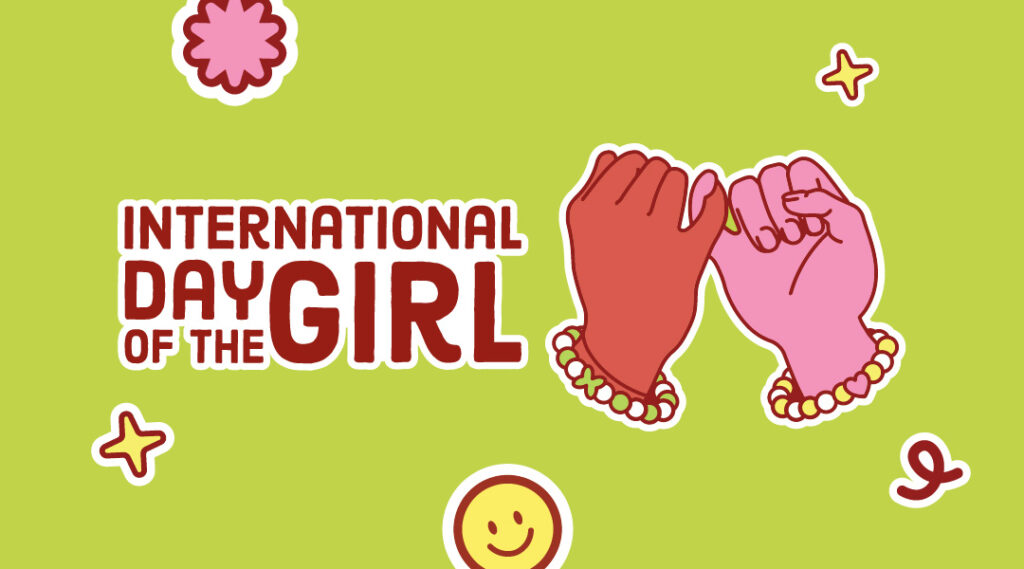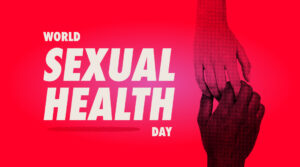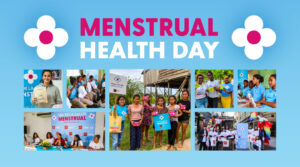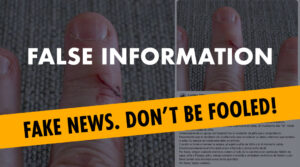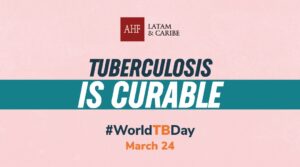On the occasion of the International Day of the Girl, AIDS Healthcare Foundation (AHF)—the world’s largest non-profit organization responding to HIV and AIDS—joins millions of voices around the globe to protect girls from HIV, denounce violence and child abuse, and demand policies that ensure their health and their future.
Despite progress, the challenges remain enormous: in Latin America and the Caribbean, around 40% of girls have experienced some form of physical or sexual violence before turning 18 (ECLAC/UNICEF).
Globally, adolescent girls and young women remain disproportionately affected by HIV inequality. Every week, 4,000 young people aged 15–24 become infected with the virus. In total, 1.9 million adolescent girls and young women were living with HIV in 2023. In Latin America and the Caribbean, the situation is equally concerning, with an estimated 237,000 adolescents and youth aged 10–24 living with HIV, representing about 12% of the global total in this age group.
Child marriage and early unions remain a serious issue in Latin America and the Caribbean. According to UNICEF, up to 5% of girls in the region are married or in a union—forced or not—before age 15, cutting short their development, exposing them to adult responsibilities such as early motherhood, and limiting their access to education, thus reducing their chances for equal economic and social participation.
Faced with this reality, AHF emphasizes that girls who are informed about their rights have more tools to prevent abuse and make safe decisions about their lives, including protection against forced marriage, teenage pregnancy, and sexual exploitation.
This International Day of the Girl 2025, AHF raises awareness with the symbolic gesture of the “PINKY PROMISE”, a universal greeting linking pinky fingers that represents friendship, solidarity, and mutual protection among girls. A promise that must be respected by adults and institutions alike—because together, girls are stronger.
In addition, AHF promotes the Girls Act program, created in 2016 in Africa and now active in nearly 40 countries across Africa, the Americas, Asia, and Europe. The program provides girls and young women with the tools they need to protect their health, stay in school, and become agents of change in their communities.
